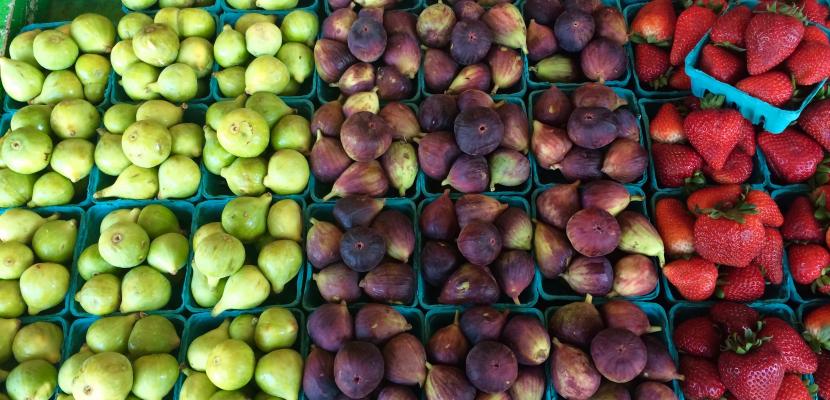Image

Biological control in chestnut groves suported by stakeholders cooperation
Published on 05 November 2020

Spain
This is the good practice's implementation level. It can be national, regional or local.
About this good practice
Both the chestnut wasp (Dryocosmus kuriphylus) and the canker (Cryphonectria parasitica) affect in a decisive way the production of chestnuts and the survival of chestnut trees.The cooperation aims both to carry out the treatments at the right time (the interested parties notify the appropriate time to release Torymus sinensis), as well as the demonstration of how to do these jobs, so that the owners can carry them out in the future.
It is also possible to establish contacts and relationships for future actions.
By biological control with the release of Torymus sinensis as a parasitoid of Dryocosmus kuriphilus.
In 2015, an experimental program of biological control began by releasing, in thousands of points throughout Galicia, Torymus sinensis, a natural and specific enemy of the chestnut wasp that lays its eggs inside the bugs.
It is also possible to establish contacts and relationships for future actions.
By biological control with the release of Torymus sinensis as a parasitoid of Dryocosmus kuriphilus.
In 2015, an experimental program of biological control began by releasing, in thousands of points throughout Galicia, Torymus sinensis, a natural and specific enemy of the chestnut wasp that lays its eggs inside the bugs.
Resources needed
Around 60.000 euros are included in the budgets of the annual treatments of the Regional Ministry of Rural Affairs.
Evidence of success
.The percentage reduction in the number of wasps and chestnut cankers resulting from the program is highly dependent on climatic factors. In the most adverse years it is estimated that the reduction in the in the influence of the pest as a consequence of this good practice is at least 20%.
Potential for learning or transfer
This good practice requires an important level of scientific knowledge, so it is necessary to have technical collaborators, laboratories and universities assessment will be required. The transfer to other regions of the EU will be conditioned by the ownership structure, the own agrarian and forest culture, the maturity in the public-private collaboration in technical-scientific matters, as well as the casuistry of the affection of chestnut trees in the region in which it is intended to be carried out according to climatic and ecological conditions.
Further information
Website
Good practice owner
You can contact the good practice owner below for more detailed information.
Organisation
Regional Government of Galicia

Spain
Galicia
Contact
